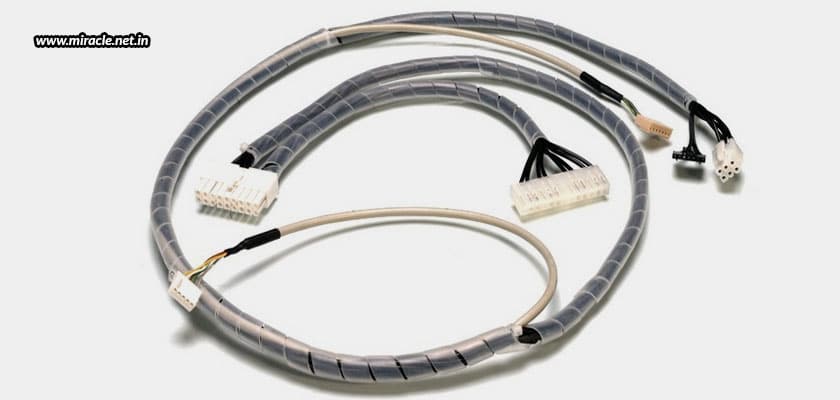Every electric and electronic product requires cables to run – simple machineries require fewer cables, while complex machineries require hundreds of cables connected together to help the equipment to perform. One such industry that requires such complex machineries and cables is aerospace.

Whether it is for commercial aircrafts or military and defence planes, cables are required for a variety of applications like power, data, Ethernet, communication, and more. But, all the cables to be used within aircrafts need to comply with all kinds of environmental and safety requirements so that the aircrafts can safely run throughout their journey miles away from the earth. Let’s see all the basic considerations that are required to be made while designing such aerospace cables.
Environmental considerations
Aircrafts, whether commercial or military, fly through various kinds of environments. They face all kinds of temperatures and humidity levels. They encounter heat, cold, aridity, humidity, high rainfall, fog, and every other possible environmental condition. The cables used within an aircraft should be able to adapt to each type of situation, while also working efficiently at all times. The cables must also be able to withstand smoke and dangerous gases, in the event of a fire explosion.
Weight considerations
With miles of cables running inside a single aircraft, the weight of the wires itself can amount to more than a thousand kilogram! Thus, the cables must also be designed with weight constraints in mind. Lesser the cable weight, lesser the weight of the aircraft, and hence, greater its speed. Also, the weight of the aircraft decides upon the fuel consumption; which means that lesser cable weight also makes the aircraft more economical.
Labelling considerations
With miles of cables spread throughout an aircraft, and a multitude of them, each performing different functions, you can’t even think of having cables installed without any markings. Markings and labelling cables makes it easy to identify the cables, especially during repairs and replacements. Every aerospace cable must thus be smooth and receptive to laser marking.
Overloading considerations
Aircrafts are prone to face overloading quite often. This overload pressure is transferred to the cables as well. It is hence very important that the cables used within an aircraft are capable of maintaining circuit integrity even during the event of a current overload situation.
Electromagnetic Interference considerations
Every aerospace cable is required to meet certain electromagnetic interference standards, such as –
- They must use minimum braided shielding, and maximize the foil usage.
- They must use twisted data signal wires to cancel out emission fields.
- They must use filtered connectors.
- They must provide grounding at both the ends and chassis ground.
- They must shield cable signals and minimize transfer impedance.
You can see how such minute installations within an aircraft require such critical considerations and decisions to be made. There is so much of detailed analysis required to build a cable network within an aircraft. This is why you must always approach a professional aerospace cable harness manufacturer in India for the same. That’s because professionals like Miracle Electronics have a team of certified engineers, in-house manufacturing capabilities, and automated machineries, that are all used to produce the perfect cables and harnesses for aerospace purposes, with every critical consideration well-strategized, and lean manufacturing processes in place. This ensures standard MIL-grade outcomes!






